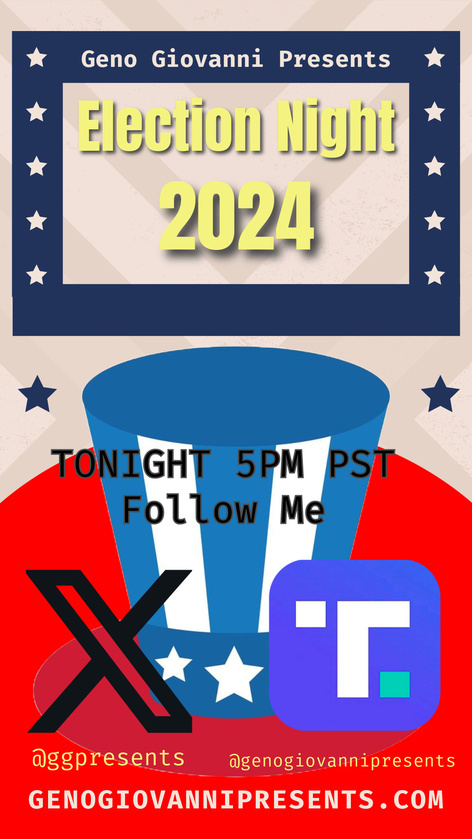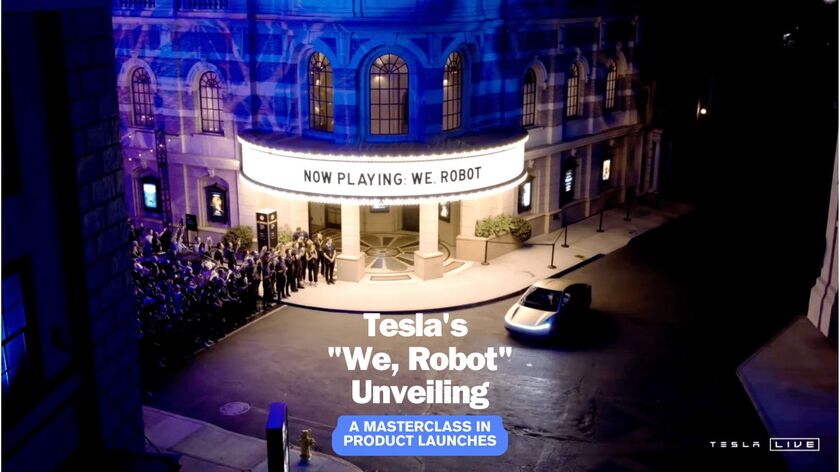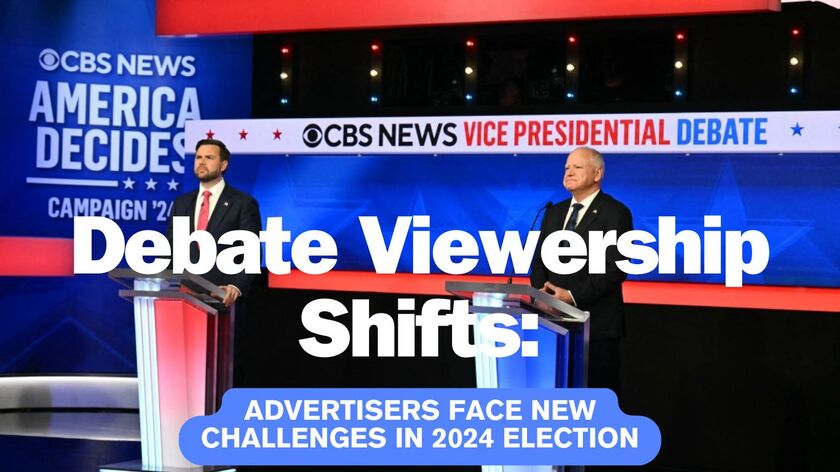Tesla's "We, Robot" event showcased how to plan and execute an effective product launch.
Planning for a successful launch begins months, sometimes years, in advance.
Tesla had been hinting at autonomous vehicles for years, building anticipation. In the weeks leading up to the event, the company intensified its preparations, gathering data around the Warner Bros. studio lot in Burbank, California, where the launch would occur. This location choice itself was strategic, adding a touch of Hollywood glamour to the proceedings.
Tesla also teased the event through various channels. The name "We, Robot," a clever nod to Isaac Asimov's work, sparked curiosity. Elon Musk's social media presence and previous promises of autonomous vehicles created a long-term build-up of excitement.
At We, Robot, Tesla unveiled three main products. The products were as follows:
- The Cybercab. A sleek two-seater autonomous taxi.
- The Robovan is a larger vehicle designed for up to 20 passengers.
- And updates to their Optimus humanoid robot.
This immersive event allowed attendees to interact with the new technologies, including ride-sharing.
However, product launches come with both advantages and risks.
On the positive side, they can generate significant media attention, increase brand awareness, and potentially boost sales. Tesla's event achieved these goals, creating a buzz around its autonomous vehicle technology.
On the flip side, launches can be costly and risky.
If a product fails to meet expectations or experiences technical difficulties during the unveiling, it can damage the company's reputation. A notable example is the 2019 Cybertruck launch, where the vehicle's "unbreakable" windows shattered during a demonstration, leading to widespread ridicule.
The aftermath of a successful launch can be powerful. It can create sustained media interest and keep the company in the public eye. In Tesla's case, the "We, Robot" event generated significant discussion about the future of autonomous vehicles and robotics.
Interestingly, just days after the Tesla event, SpaceX (another Elon Musk company) successfully caught a rocket booster mid-air for the first time. While not directly related to "We, Robot," this achievement added to the excitement surrounding Musk's ventures, keeping his name in the headlines and reinforcing his image as an innovative entrepreneur.
Tesla's "We, Robot" event demonstrates the potential impact of a well-executed product launch. A carefully planned event builds anticipation, and developing and executing an engaging presentation can create significant buzz around a company's new product. Be prepared for potential pitfalls and ensure your products live up to the hype. When done right, a product launch can be a powerful tool for driving innovation and shaping the future of an industry.

















